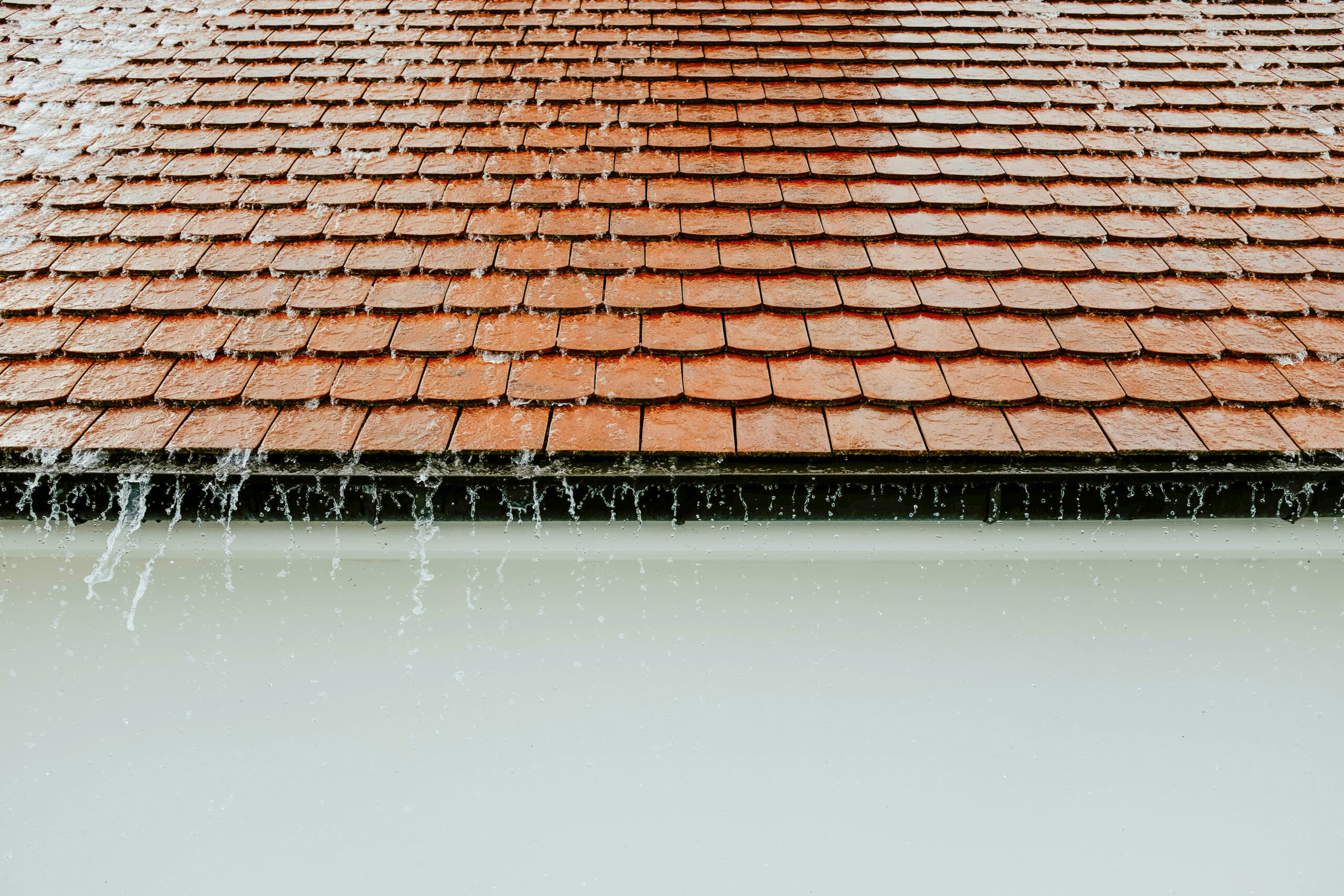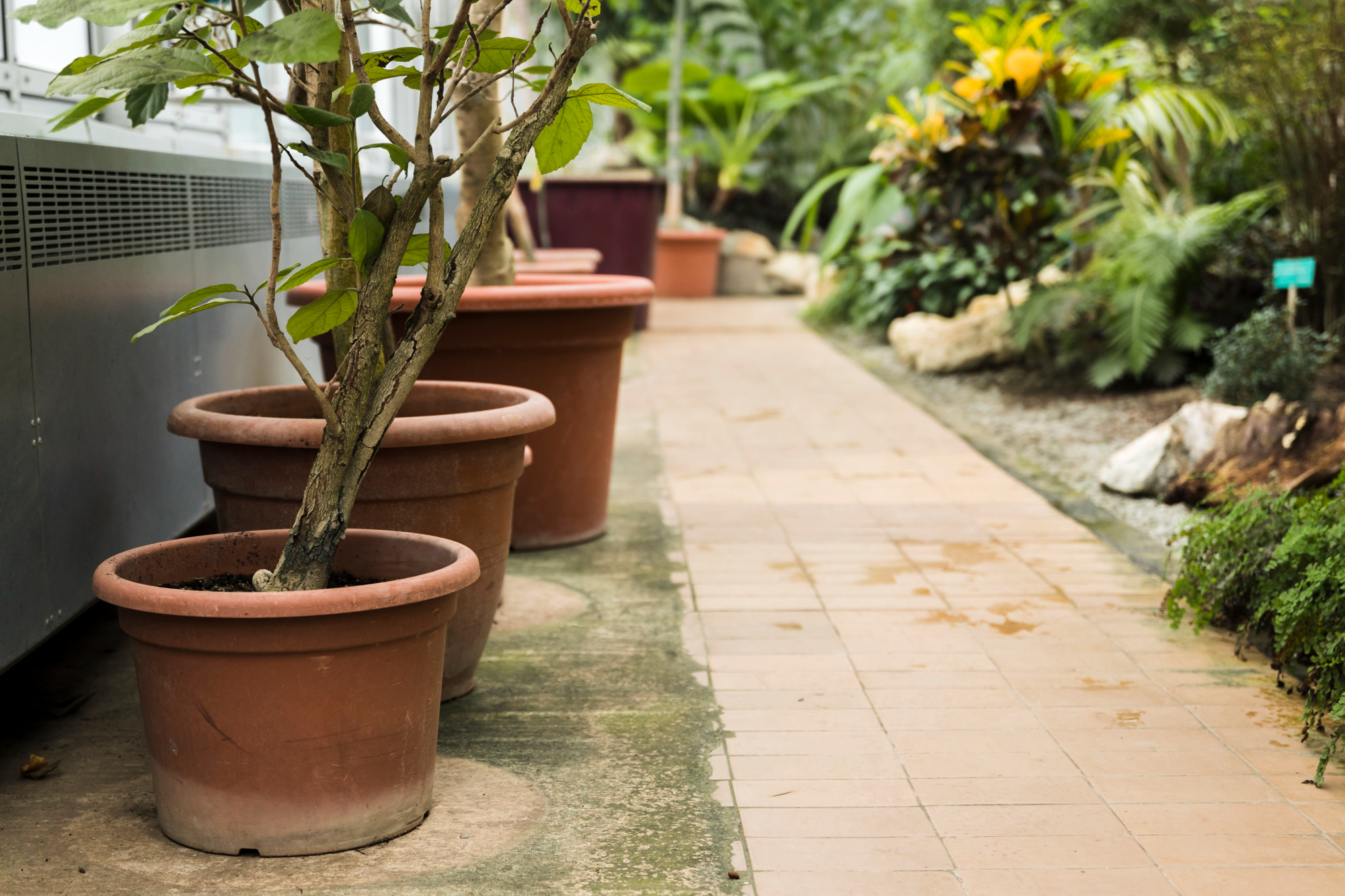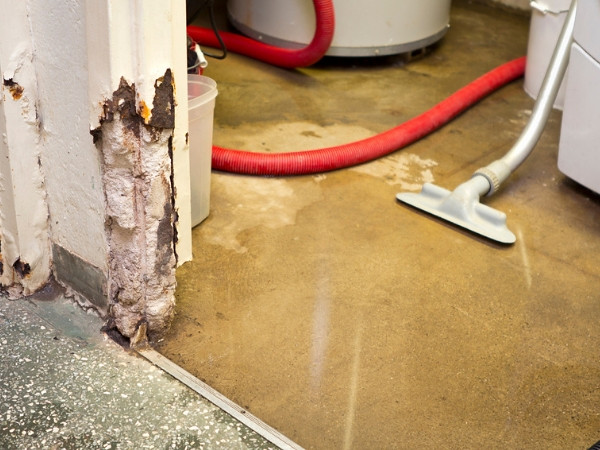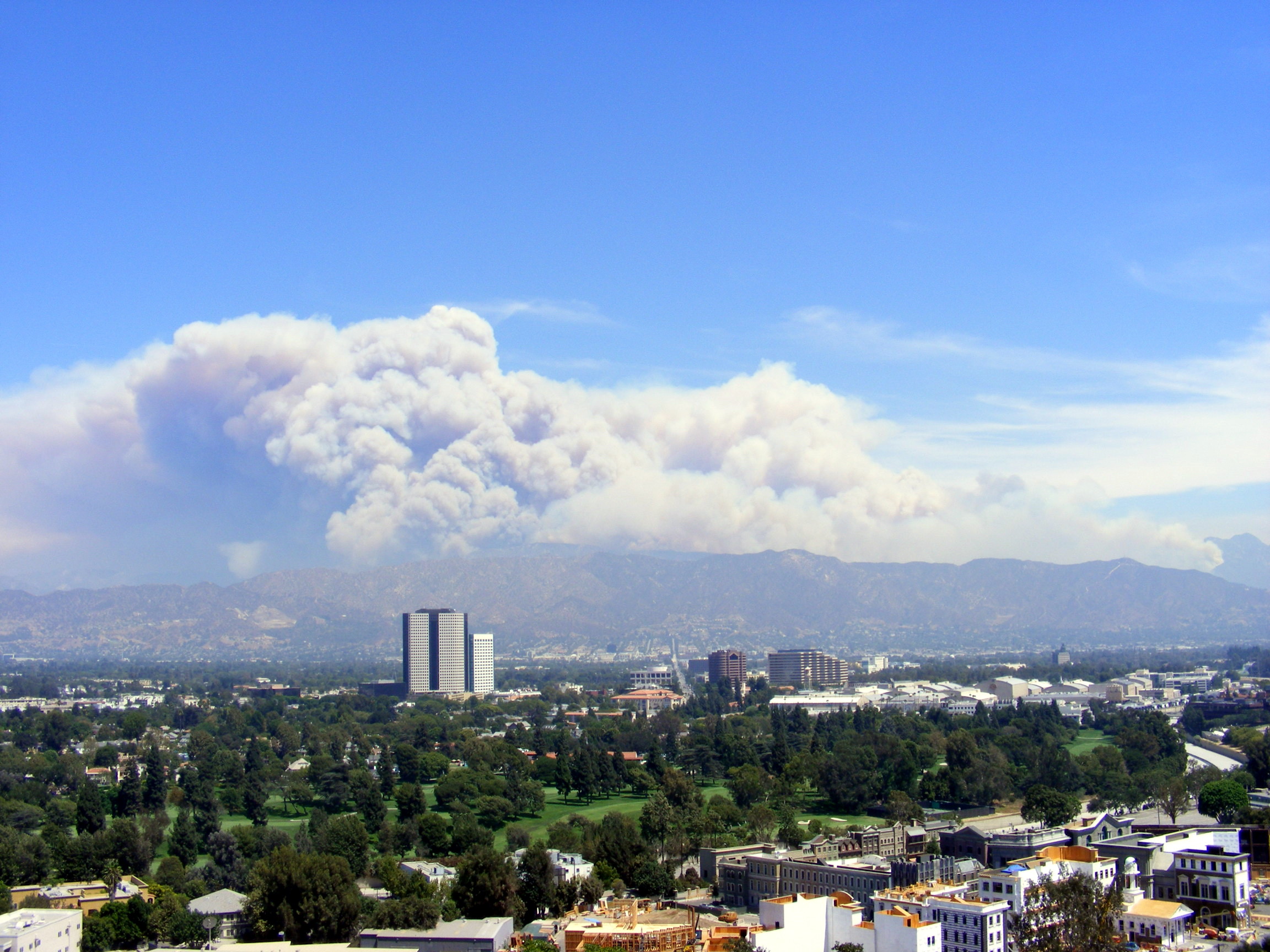Southern California is experiencing a brief break from days of heavy rainfall, flooding, mudslides, and snow, but another storm is expected to arrive later this week. Homeowners should use this window to inspect their property and document any issues before more rain returns.
A brief break in the storms gives homeowners a chance to assess damage
Southern California is getting a short pause between storm systems after several days of heavy rain, flooding, mudslides, rockslides, and mountain snow across Los Angeles and Ventura counties. Homeowners from Santa Clarita to Pasadena to the San Fernando Valley have been dealing with leaks, pooling water, blocked drains, and saturated soil. Crews are clearing fallen trees, removing debris, and stabilizing areas affected by mudflows and erosion.
With another storm expected to arrive Thursday into Friday, this dry window is the right time for homeowners to inspect their property and look for any new or hidden signs of water intrusion before the next round of rain.
Chris and Jo Faber have more than 50 years of combined experience handling over 40,000 property claims throughout California. Their guidance below will help you identify early signs of storm-related damage and understand what to do next.
For more preparedness tips, visit our California Homeowner Emergency Readiness Guide:
https://chrisfaberpublicadjusters.com/homeowner-tips/disaster-preparedness-california-insurance-planning/
Why this storm matters now
Southern California has been hit by multiple back-to-back storm systems, creating a mix of hazards:
When storms arrive back-to-back, the soil cannot dry out. This increases the risk of water intrusion, structural movement, and hillside instability during the next wave of rain.
If your property is near a burn scar or steep hillside, review our guide to Los Angeles fire season and post-fire conditions:
https://chrisfaberpublicadjusters.com/california-wildfire-resources/los-angeles-fire-season-2025/

Local storm conditions across Los Angeles and Ventura Counties
NOAA rainfall totals from the past week show significant saturation:
Los Angeles County
Ventura County
This level of widespread rainfall explains the mudslides, rockslides, and pooling water reported throughout the region.
For wildfire runoff and hillside recovery support, visit:
https://chrisfaberpublicadjusters.com/services/southern-california-wildfire-recovery/
What to do during the storm (for future waves later this week)
Follow flash flood alerts
Monitor advisories from the National Weather Service Los Angeles:
https://www.weather.gov/lox
Watch for early water intrusion
Check ceilings, window frames, lighting fixtures, and sliding doors. Contain any water and document it.
If you need help understanding water intrusion coverage, visit:
https://chrisfaberpublicadjusters.com/services/water-damage-insurance-claims/
Stay away from hillsides
Mud and debris flow can occur suddenly, especially around recent burn scars or steep slopes.
Document everything
Photos and videos during active rain help immensely in later claim disputes.

What to do now that conditions are dry
With a brief window of calmer weather today and tomorrow, homeowners should inspect their property before the next system arrives.
Inspect ceilings and walls
Look for new stains, bubbling paint, soft drywall, or discoloration. These often appear hours after storm conditions ease.
Learn how to document belongings properly in our Home Inventory Guide:
https://chrisfaberpublicadjusters.com/homeowner-tips/home-inventory-california-insurance-claims/
Check floors and baseboards
Soft swelling, warping, or dampness indicate trapped moisture.
Look in the attic or crawl spaces
Wind driven rain can enter roof cavities, vents, ridge caps, and flashing. Use a flashlight and stay on safe structural beams.
Inspect windows and doors
Verify that seals, frames, and sills are dry and intact.
Walk the perimeter
Look for pooling at foundations, stucco staining, or soil pressed against exterior walls. These are common after storms and can worsen in the next round of rain.
Check hillsides and drainage paths (only once safe)
After road crews clear debris, evaluate slopes and side yards for erosion.
Clear patio drains, yard drains, and landscape channels
Stormwater often flows toward patios, side yards, and low-lying areas. Make sure drains and grates are clear of leaves, mud, and debris so water can move away from the home rather than pooling against doors or exterior walls.
Inspect gutters, downspouts, and roof surfaces for debris
Check for leaves, branches, or obstructions in gutters and downspouts. Even a small blockage can cause rainwater to back up under shingles or overflow onto siding and exterior walls. If it is safe to do so, ensure roof valleys and gutters are clear before the next round of rain.
If you suspect roof or storm damage, see our Storm Damage Claims Guide:
https://chrisfaberpublicadjusters.com/services/storm-damage-insurance-claims/
What homeowners need to know about storm-related insurance claims
California insurers often dispute storm claims based on the cause of the water intrusion. Coverage typically depends on whether the water entered suddenly or gradually.
To understand claim categories, visit our Claims Center:
https://chrisfaberpublicadjusters.com/claims/
Common insurance company disputes
Our Disaster Preparedness and Insurance Help resource explains your rights:
https://chrisfaberpublicadjusters.com/homeowner-tips/disaster-preparedness-california-insurance-planning/

If you find damage
Document everything thoroughly with photos, video, and notes. Report the loss promptly to your insurance company.
If you feel the insurer is minimizing the damage or questioning the cause, you can seek a second opinion.
Learn more about when to bring in a public adjuster here:
https://chrisfaberpublicadjusters.com/services/flood-damage-insurance-claims/
If your home was affected by the recent storms or you’re unsure whether the water intrusion you found is covered, you don’t have to face it alone.
Contact Chris Faber Public Adjusters for a free policy review and expert guidance.
Local and statewide resources
National Weather Service Los Angeles
https://www.weather.gov/lox
Ready LA County
https://ready.lacounty.gov
California Department of Insurance
https://www.insurance.ca.gov
USGS Debris Flow, Landslide, and Soil Saturation Info
https://www.usgs.gov
CAL FIRE Ready for Wildfire Program
https://readyforwildfire.org
Additional homeowner preparedness guidance:
https://chrisfaberpublicadjusters.com/homeowner-tips/disaster-preparedness-california-insurance-planning/
How Chris and Jo Faber help California homeowners after storms
Chris Faber Public Adjusters is a boutique, policyholder only firm based in Santa Clarita and serving all of California. With more than 50 years of combined experience and more than 40,000 claims handled, Chris and Jo understand storm impacts on roofs, stucco, drainage, windows, and hillside homes.
Learn more about their experience on our About page:
https://chrisfaberpublicadjusters.com/about/
FAQs
Q: What should homeowners do during a storm?
A: Stay indoors, follow flood alerts, contain any leaks, and document changes immediately. Avoid hillsides and flowing water.
Q: How can I tell if my home has storm damage?
A: Look for ceiling stains, soft flooring, musty smells, swollen baseboards, damp carpet, or bubbling paint. These issues often appear after the storm ends.
Q: Does homeowners insurance cover rain damage?
A: It depends on how the water entered. Sudden, wind driven rain is often covered. Poor drainage, deterioration, or long-term leaks may not be.
Q: What if my insurer claims the damage is pre existing?
A: Ask for the explanation in writing. Many storm losses are misclassified. A licensed public adjuster can help evaluate the findings.
Q: Can I reopen a denied or underpaid claim?
A: Yes. California allows reconsideration of underpaid or denied claims.
When to contact a public adjuster
Storm damage can evolve slowly, especially when multiple weather systems hit back-to-back. If you are unsure whether a leak, stain, or moisture issue is new, or if your insurer is unclear about what is covered, a licensed public adjuster can help you understand your options and next steps.
Many homeowners find it helpful to get an expert review before filing a claim or after receiving an initial inspection. Chris and Jo offer guidance based on more than 50 years of combined experience handling complex storm and water losses across California.
This series of storms is creating conditions that challenge even well-maintained homes. If you find new damage or want a professional opinion before filing a claim, Chris and Jo are here to help protect your home and your peace of mind.
Contact us today for a free claim review.




